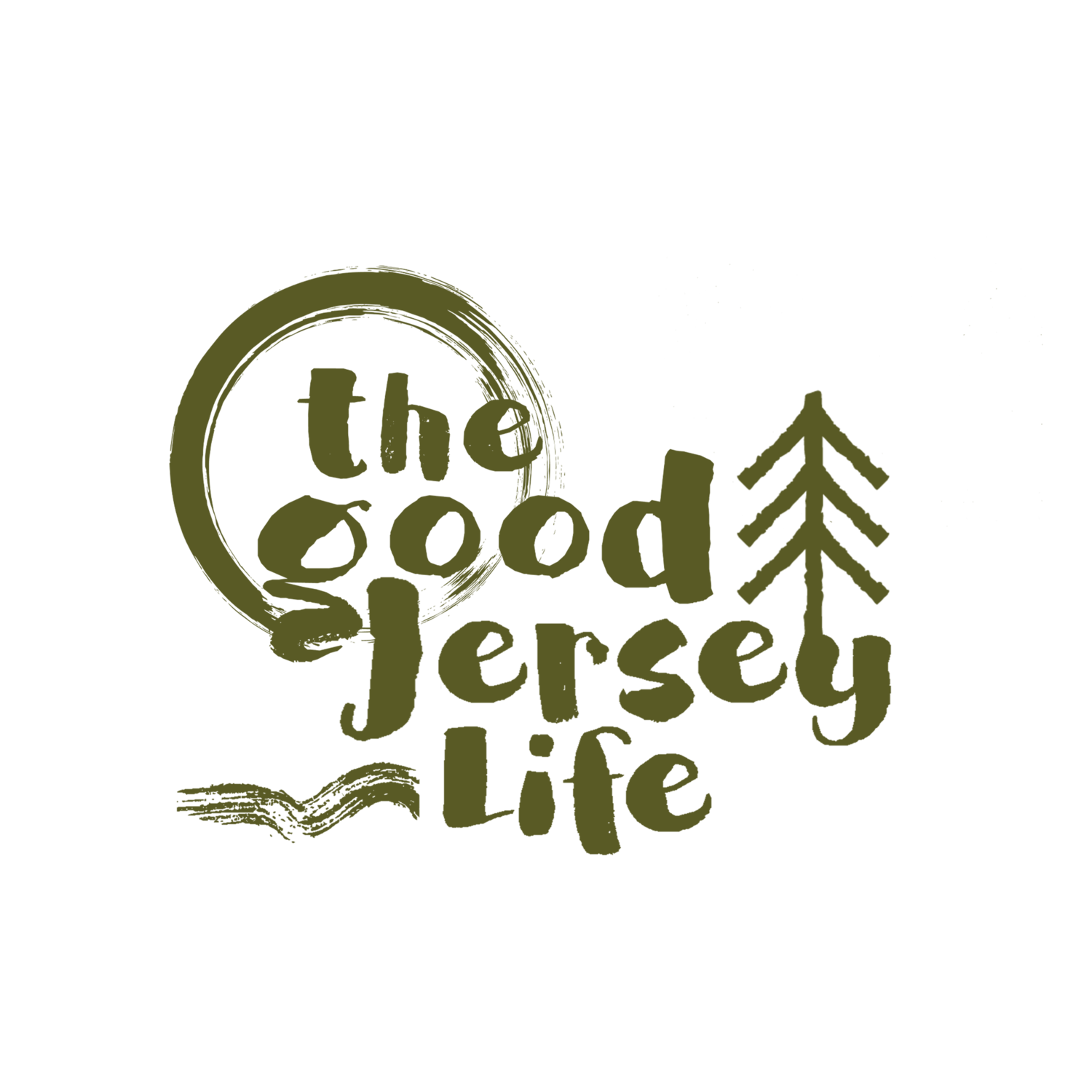Planting for Pollinators in Jersey
Something strange happened in my field last year, something that really made me question the way I’d ‘farmed’ my little wilderness over the years. I did nothing. Literally nothing. I walked away from it to care for a loved one, and mother nature moved in.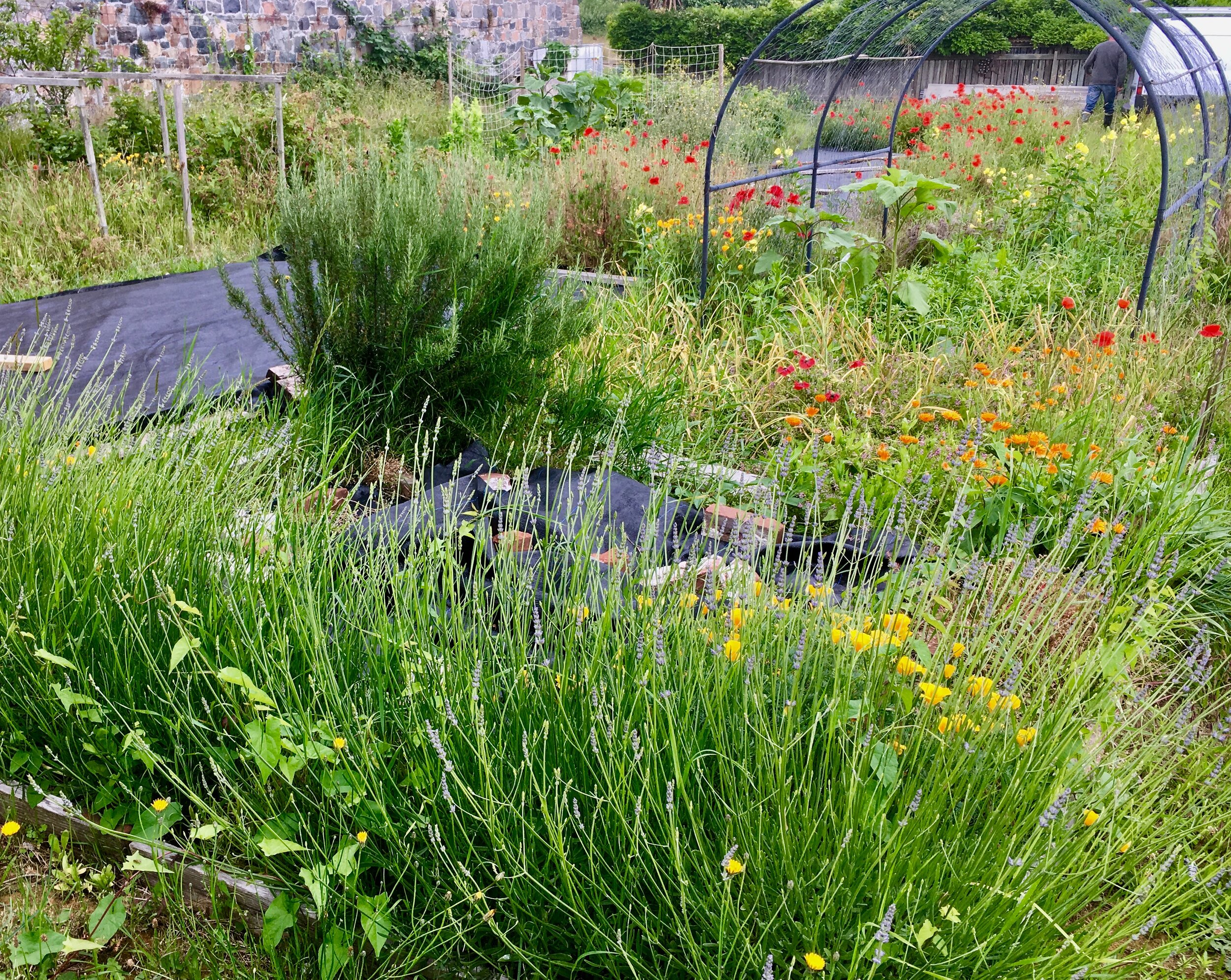 I’ve grown at this field for 18 years, organically for at least the last 12 years, but I recognize now there was very little wilderness; the grass was cut short, the weeds were whisked out as soon as they appeared, and it was all so neat and tidy. Not now, now it is an ARK (Acts of Restorative Kindness to the earth https://wearetheark.org/)
I’ve grown at this field for 18 years, organically for at least the last 12 years, but I recognize now there was very little wilderness; the grass was cut short, the weeds were whisked out as soon as they appeared, and it was all so neat and tidy. Not now, now it is an ARK (Acts of Restorative Kindness to the earth https://wearetheark.org/)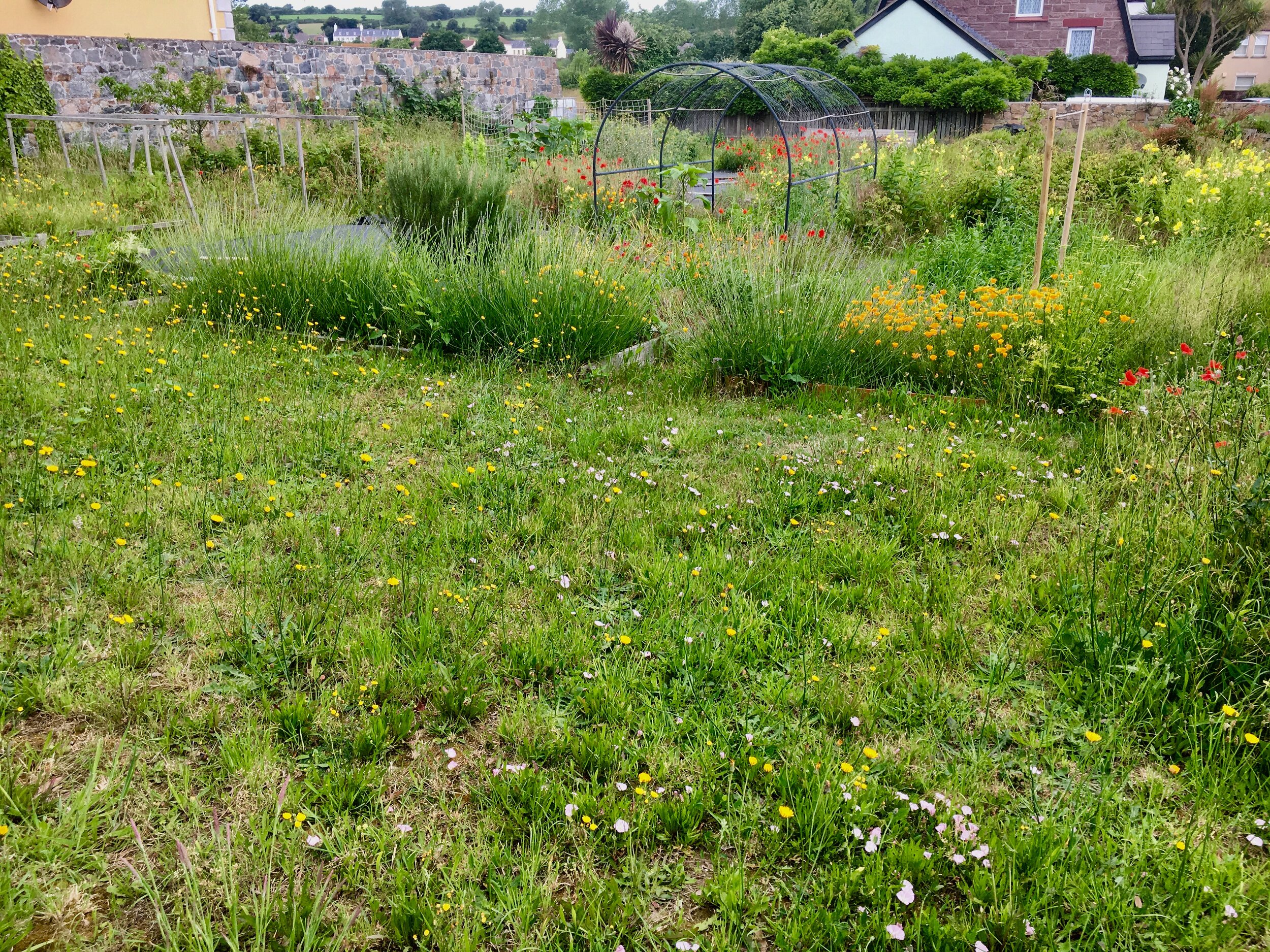 Left to their own devices the wildflowers flourished. The grassed areas surrounding the growing beds became thick with daisies, buttercups, dandelions and plantain. The growing beds, with their disturbed soil, erupted with red poppies, calendula, borage, Californian poppies, chickweed and clover, all thriving alongside the previously planted evening primrose, lavender, sage and rosemary.
Left to their own devices the wildflowers flourished. The grassed areas surrounding the growing beds became thick with daisies, buttercups, dandelions and plantain. The growing beds, with their disturbed soil, erupted with red poppies, calendula, borage, Californian poppies, chickweed and clover, all thriving alongside the previously planted evening primrose, lavender, sage and rosemary.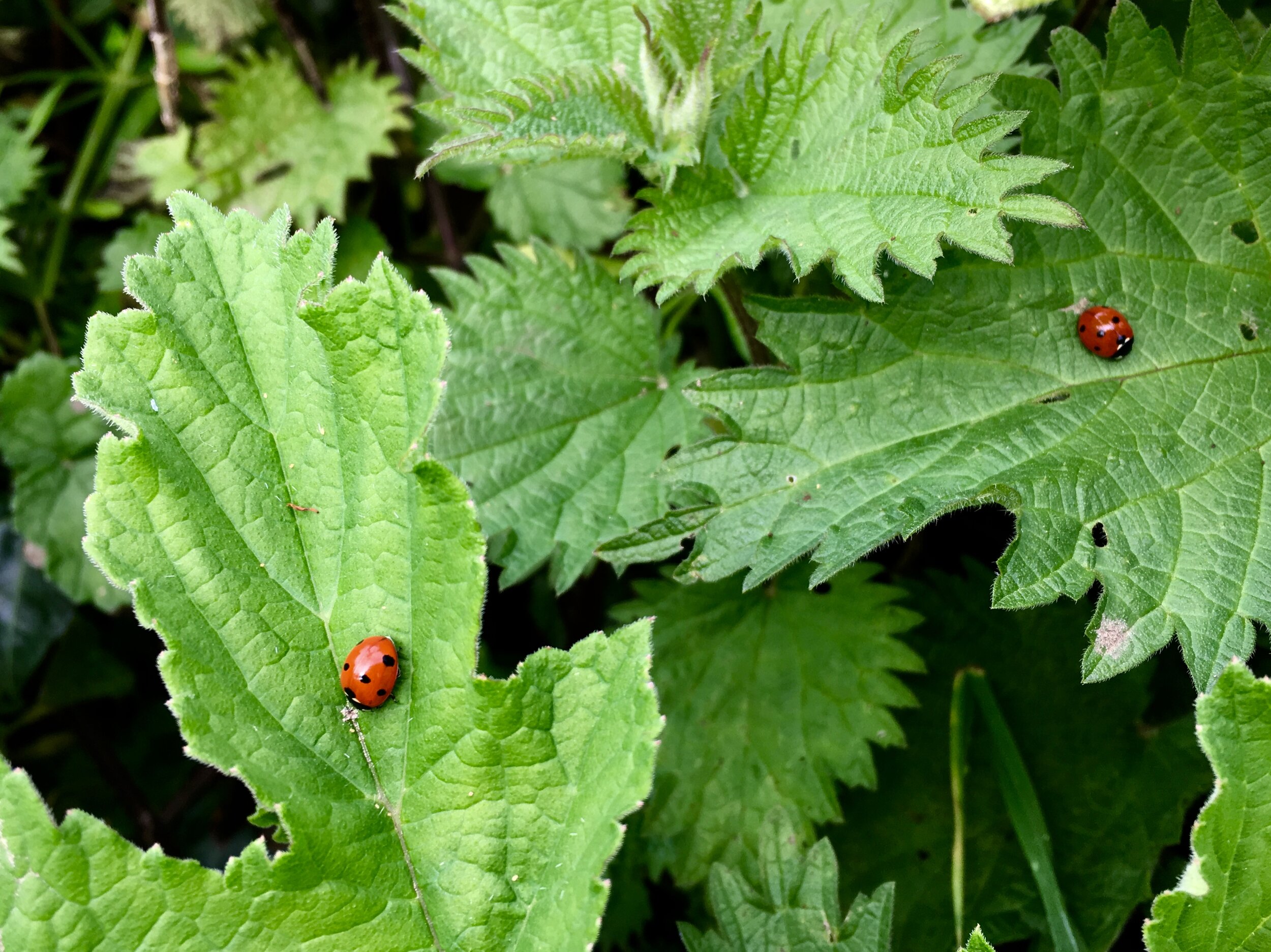 As the plants, herbs, wildflowers and grasses grew, so the pollinators moved in! As I walked through the field enjoying the visual treat, I was suddenly aware of a myriad of flying insects, ladybirds, beetles, bees and butterflies - of the volume never seen before in my field. Probably not even over the combination of 18 years!
As the plants, herbs, wildflowers and grasses grew, so the pollinators moved in! As I walked through the field enjoying the visual treat, I was suddenly aware of a myriad of flying insects, ladybirds, beetles, bees and butterflies - of the volume never seen before in my field. Probably not even over the combination of 18 years!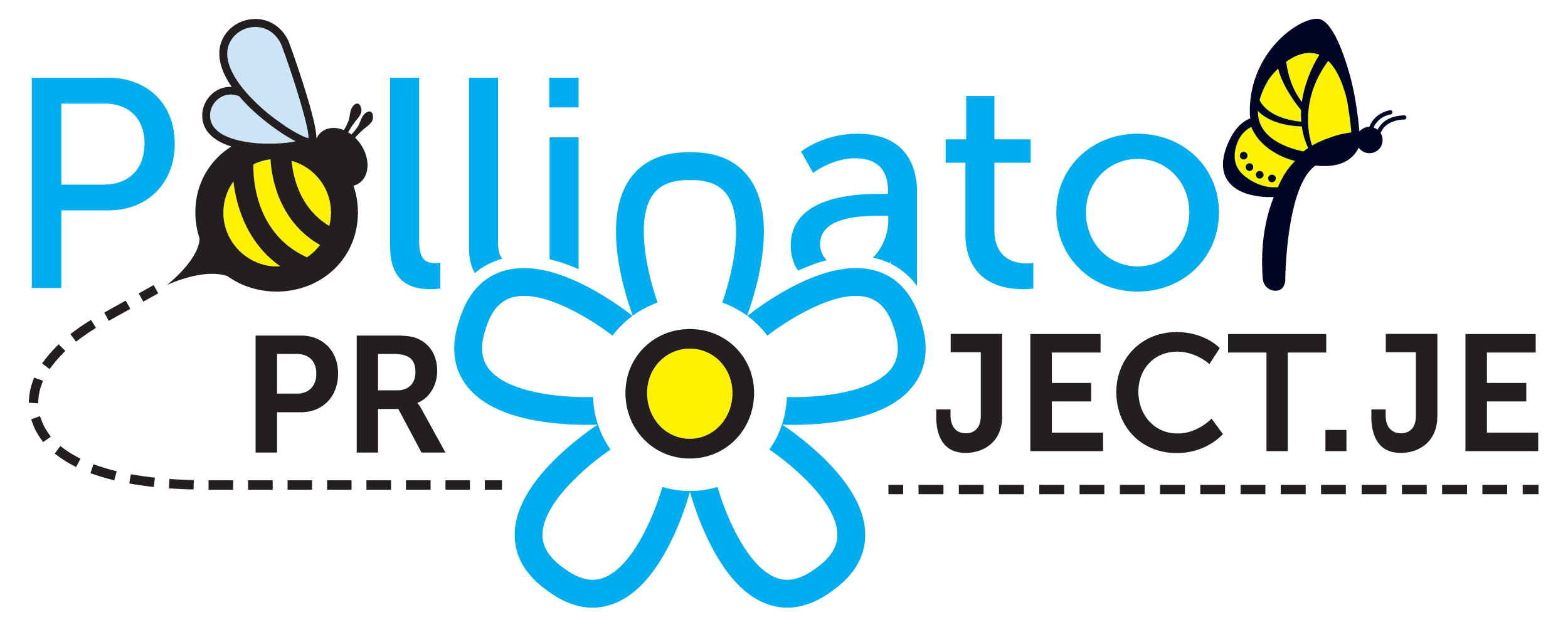 In September 2018 National Trust for Jersey invited me to attend the Inter Island Environment Meeting, a means of bringing government, NGO’s, environmental managers and other interested groups together to talk about successes made and challenges faced in the natural environment. One talk in particular really caught my attention - The Pollinator Project talk by Barry Wells. The Pollinator project was launched in Guernsey at the end of 2017, working within the island to promote the important part that households and businesses can make in enhancing biodiversity by providing habitat and food sources for pollinators. We just had to do something similar here in Jersey! And so we did - a pollinator strategy group was formed and Pollinator Project Channel Islands was born. You can find out all about it here - https://pollinatorproject.gg/jersey-projects-2019/
In September 2018 National Trust for Jersey invited me to attend the Inter Island Environment Meeting, a means of bringing government, NGO’s, environmental managers and other interested groups together to talk about successes made and challenges faced in the natural environment. One talk in particular really caught my attention - The Pollinator Project talk by Barry Wells. The Pollinator project was launched in Guernsey at the end of 2017, working within the island to promote the important part that households and businesses can make in enhancing biodiversity by providing habitat and food sources for pollinators. We just had to do something similar here in Jersey! And so we did - a pollinator strategy group was formed and Pollinator Project Channel Islands was born. You can find out all about it here - https://pollinatorproject.gg/jersey-projects-2019/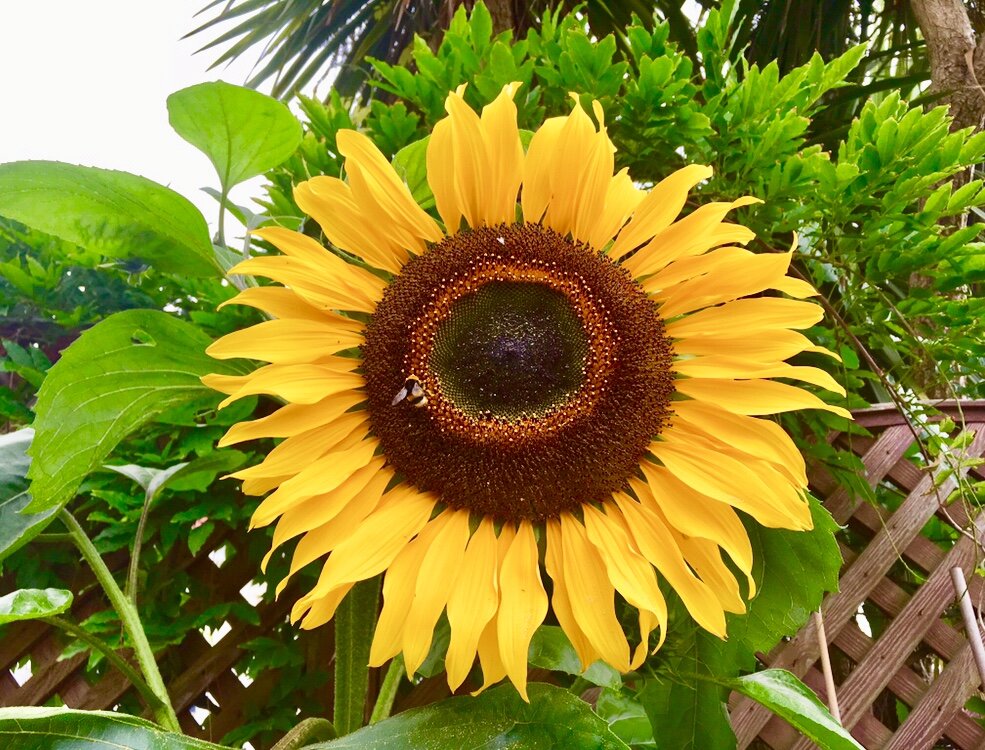 But what actually is a pollinator and why are they so important? A pollinator is an animal that moves pollen between male and female parts of flowers to help with fertilization. The animal receives nectar and pollen from the plants they visit and in return the plant gets pollinated. We often think about honey bees when talk about pollinators - but there are thousands of bee species, and also other important pollinators such as butterflies, beetles, flies and even some birds and bats.
But what actually is a pollinator and why are they so important? A pollinator is an animal that moves pollen between male and female parts of flowers to help with fertilization. The animal receives nectar and pollen from the plants they visit and in return the plant gets pollinated. We often think about honey bees when talk about pollinators - but there are thousands of bee species, and also other important pollinators such as butterflies, beetles, flies and even some birds and bats. According to a recent United Nations report, our Living Planet faces an unprecedented threat to its biodiversity - with an estimated one million plant and animal species on the verge of extinction due to the activities of humans. And with loss of biodiversity comes losses all along the food chain. Although some flowers, plants and trees are pollinated through other means, such as wind, over 75% of the farmed food we eat is pollinated by animals. In natural habitats this rises to 80-95%. Can you image the central market with just a few varieties of food for sale - how restricted and depleted our diet would be!My pollinator patch pledge However, all is not lost! Every single person and business in Jersey, and indeed around our world, each have the capacity to make a difference - from a window box, to a garden to a field - we can all make changes for the benefit of our wildlife and the eco-systems that depend on them. When it came to planning the field planting for 2019, I knew I wanted to reclaim some of the field to grow fruit and vegetable, but I was also keen to make room for the wildlife too. I pledged to give over one complete growing bed at my field to pollinator plants and manage the rest of the land differently, and I have also done the same in the veggie patch in the home garden too.
According to a recent United Nations report, our Living Planet faces an unprecedented threat to its biodiversity - with an estimated one million plant and animal species on the verge of extinction due to the activities of humans. And with loss of biodiversity comes losses all along the food chain. Although some flowers, plants and trees are pollinated through other means, such as wind, over 75% of the farmed food we eat is pollinated by animals. In natural habitats this rises to 80-95%. Can you image the central market with just a few varieties of food for sale - how restricted and depleted our diet would be!My pollinator patch pledge However, all is not lost! Every single person and business in Jersey, and indeed around our world, each have the capacity to make a difference - from a window box, to a garden to a field - we can all make changes for the benefit of our wildlife and the eco-systems that depend on them. When it came to planning the field planting for 2019, I knew I wanted to reclaim some of the field to grow fruit and vegetable, but I was also keen to make room for the wildlife too. I pledged to give over one complete growing bed at my field to pollinator plants and manage the rest of the land differently, and I have also done the same in the veggie patch in the home garden too.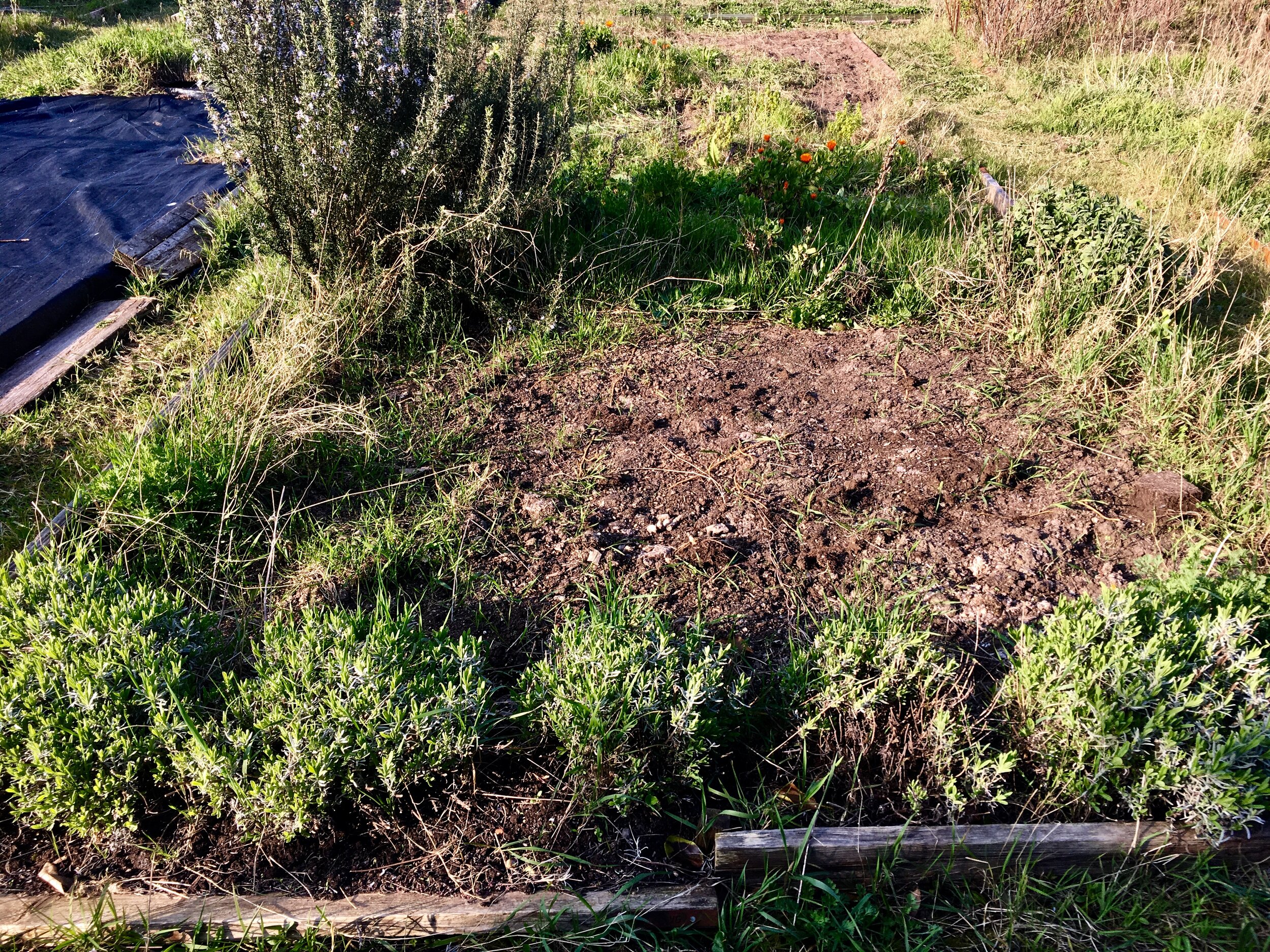 The first stage was to dig out all the possible couch grass and weeds. (This is the Royal ‘we’ - one doesn’t do the hard work, that’s my hubby’s forte!) We left the existing planted lavender, sage and rosemary and the self seeded borage, calendula and Californian poppies. The couch grass is very invasive and strangles everything so it was important at to get as much of this out as possible.
The first stage was to dig out all the possible couch grass and weeds. (This is the Royal ‘we’ - one doesn’t do the hard work, that’s my hubby’s forte!) We left the existing planted lavender, sage and rosemary and the self seeded borage, calendula and Californian poppies. The couch grass is very invasive and strangles everything so it was important at to get as much of this out as possible.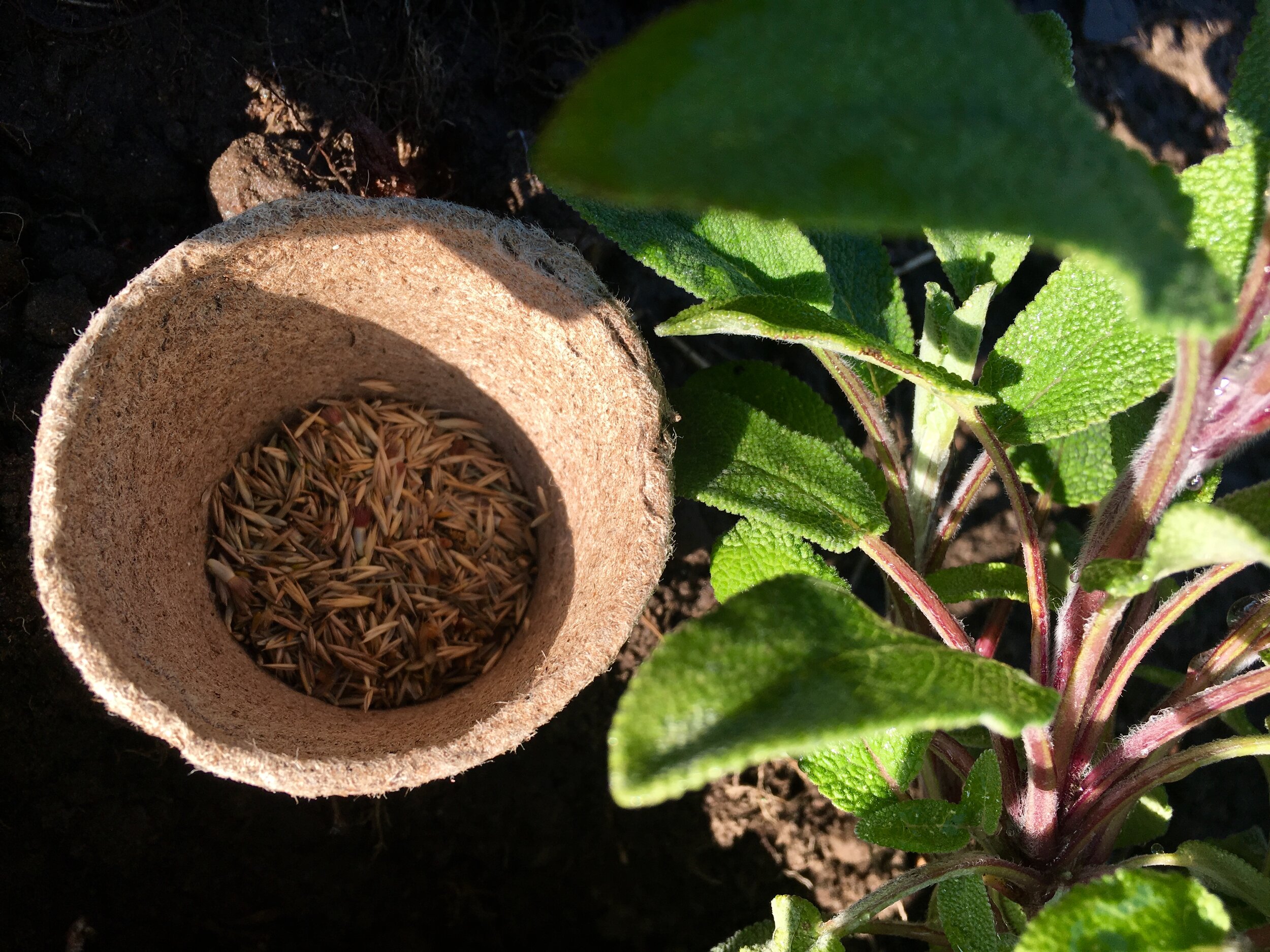 The next stage was to broadcast sow the seeds over the prepared area and ensure it had enough water for the the first few weeks. Basically - weed, rake, throw, water and then sit back impatiently and wait for things to grow.
The next stage was to broadcast sow the seeds over the prepared area and ensure it had enough water for the the first few weeks. Basically - weed, rake, throw, water and then sit back impatiently and wait for things to grow.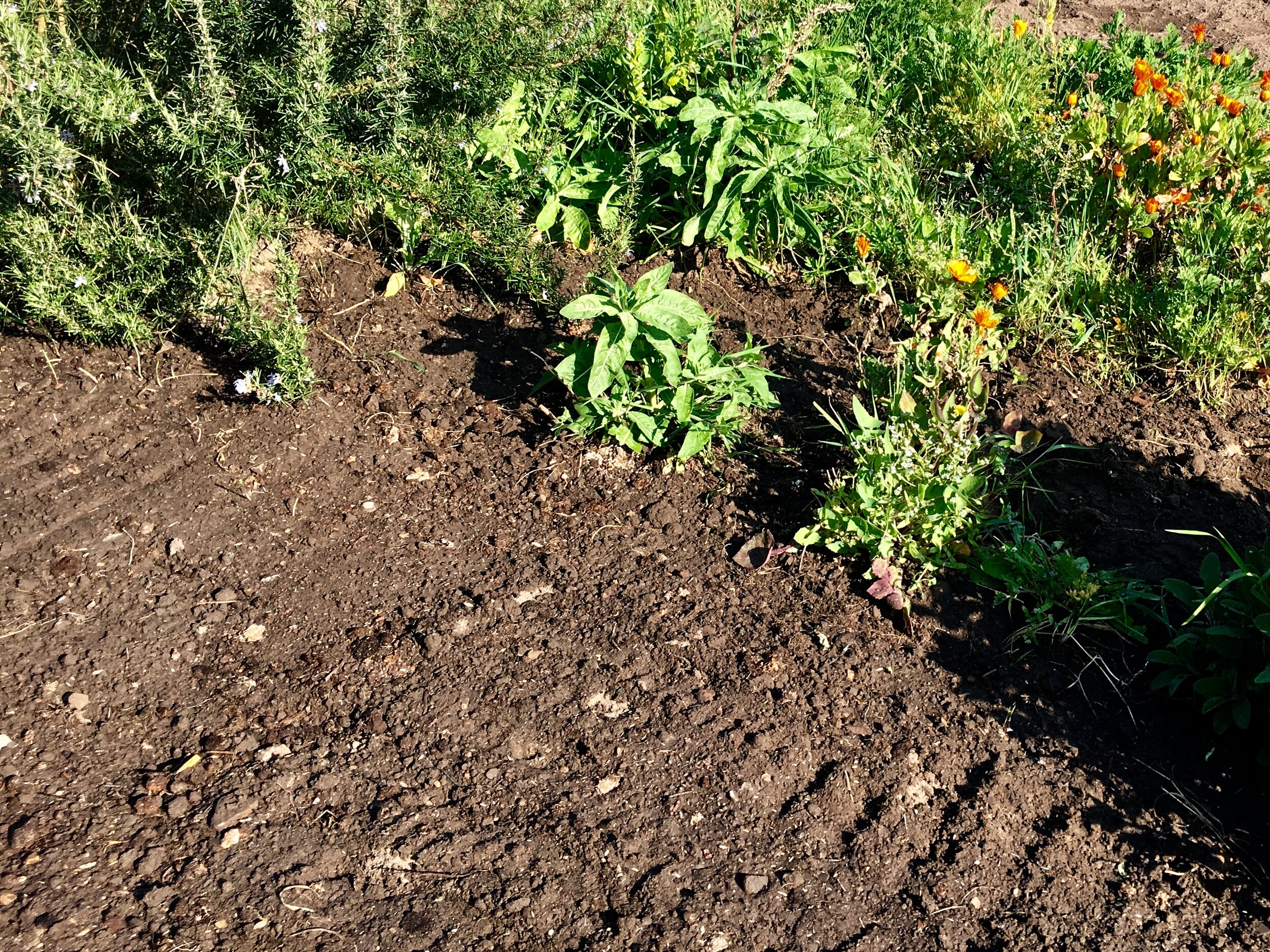 For a better explanation on how to plant your own pollinator patch please see this excellent Pollinator Patch advice - https://pollinatorproject.gg/wp-content/uploads/2019/05/Sowing-A-Pollinator-Project-Patch.pdf
For a better explanation on how to plant your own pollinator patch please see this excellent Pollinator Patch advice - https://pollinatorproject.gg/wp-content/uploads/2019/05/Sowing-A-Pollinator-Project-Patch.pdf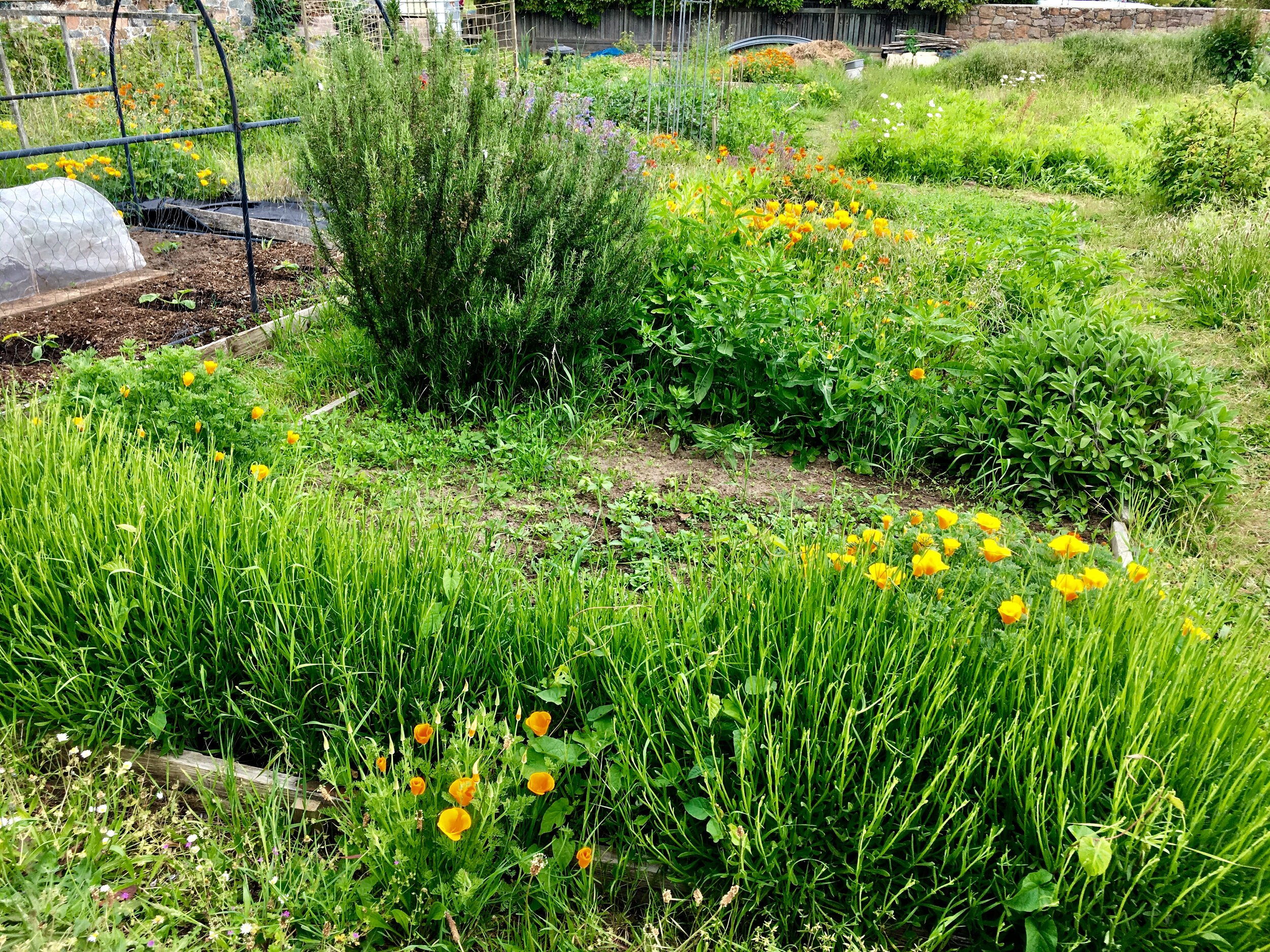 In the field we have sown a specialist mix suitable for an agricultural field - which contains things like cornflower, common poppies, yarrow, knapweed, daisy, birdsfoot trefoil, campion and clover with some grasses too. In the home garden I bought an over-the-counter bees and butterfly mixture.
In the field we have sown a specialist mix suitable for an agricultural field - which contains things like cornflower, common poppies, yarrow, knapweed, daisy, birdsfoot trefoil, campion and clover with some grasses too. In the home garden I bought an over-the-counter bees and butterfly mixture.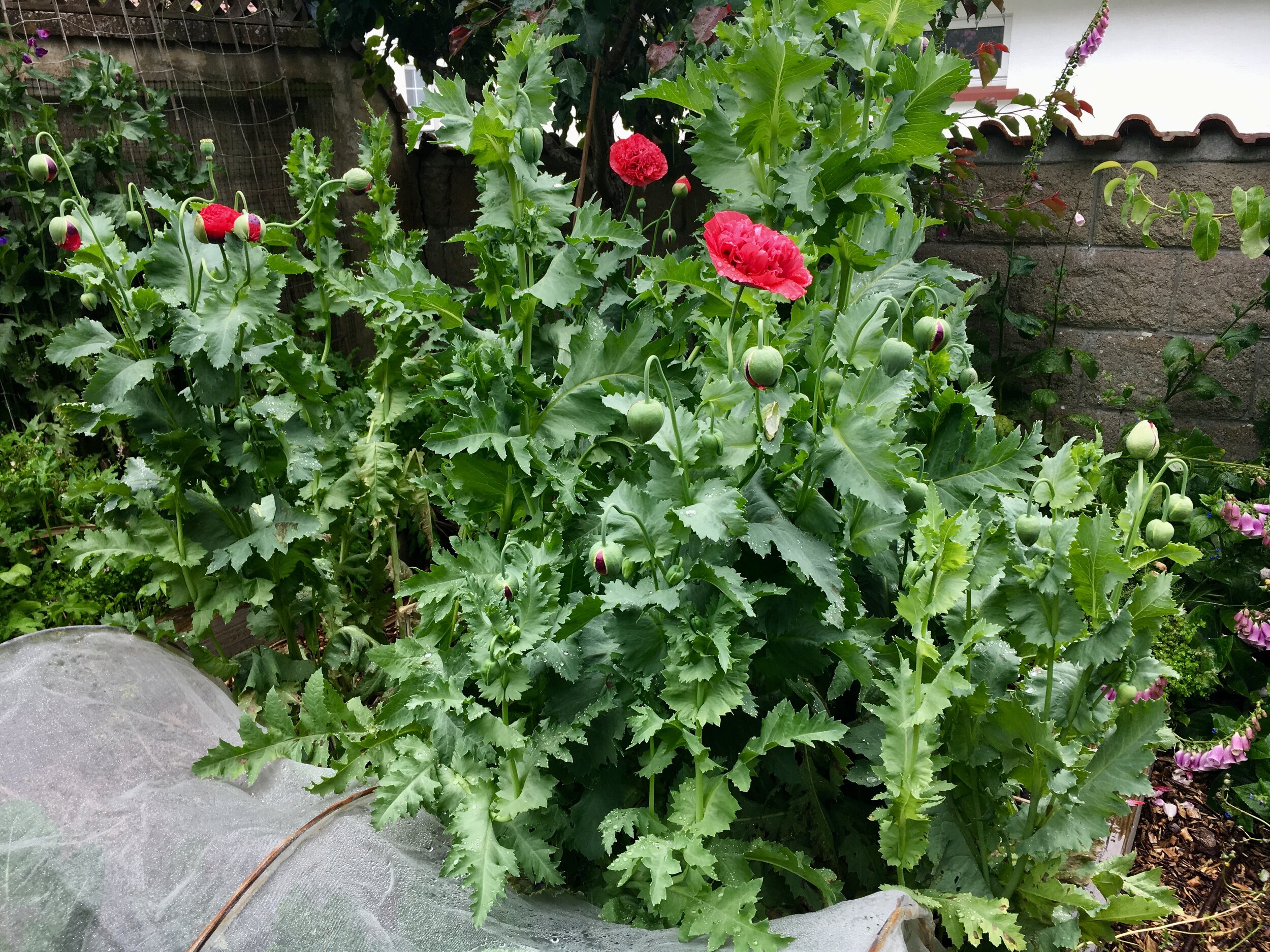 I have just returned from a few weeks off island, and whilst the sown pollinator patches as still growing and not yet flowering, the self-seeded flowers are metres ahead. Given half a chance Mother Nature just gets on with it herself. But for the rest we need to help........ it’s (almost) too late to sow a wildflower pollinator patch for yourself to flower this summer, but plan to make one in the autumn, ready for an early flowering next Spring.
I have just returned from a few weeks off island, and whilst the sown pollinator patches as still growing and not yet flowering, the self-seeded flowers are metres ahead. Given half a chance Mother Nature just gets on with it herself. But for the rest we need to help........ it’s (almost) too late to sow a wildflower pollinator patch for yourself to flower this summer, but plan to make one in the autumn, ready for an early flowering next Spring.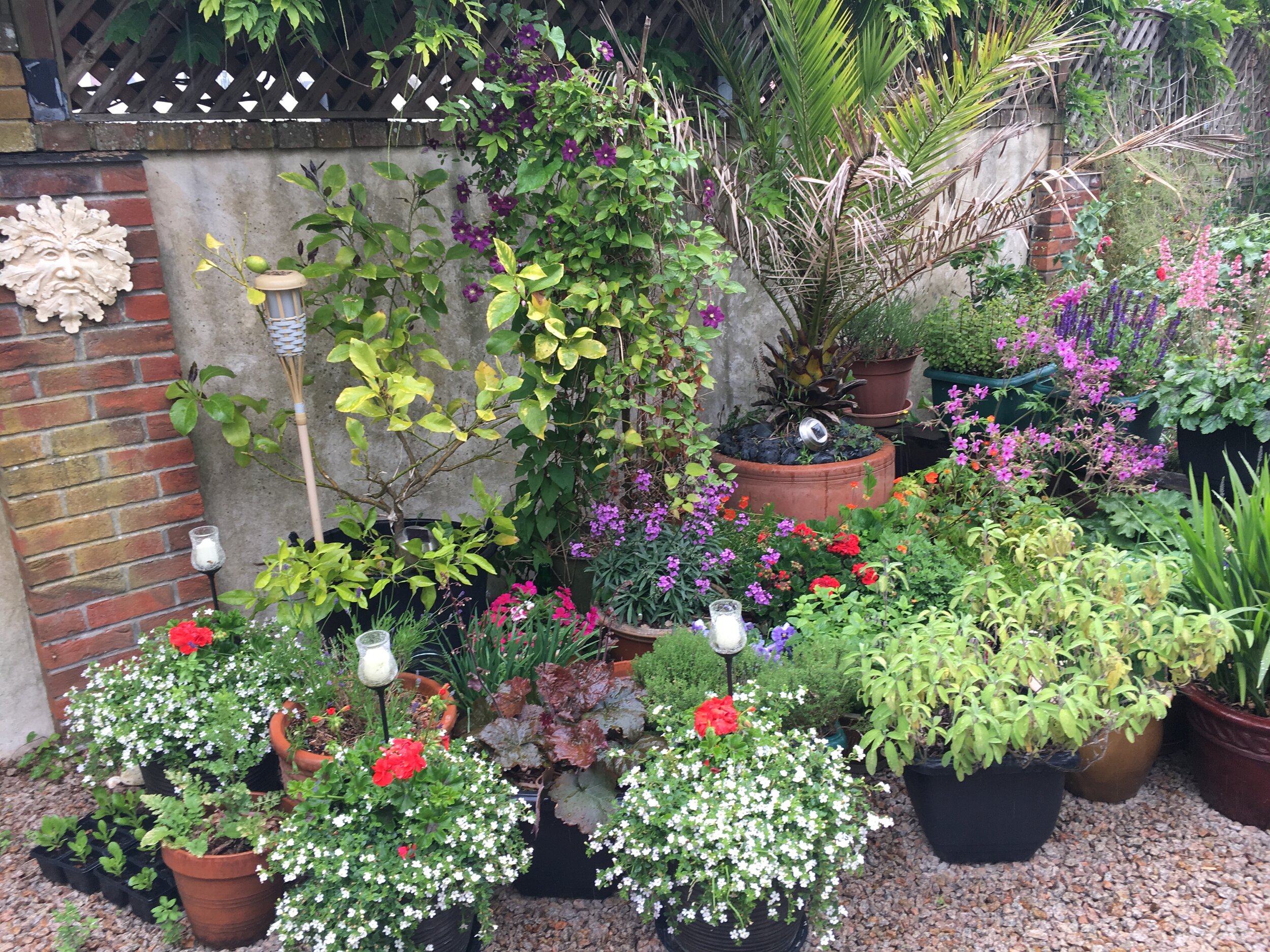 There is however still plenty of time to make a real difference just by making pollinator friendly choices when you stock your window boxes, planters and gardens. Many modern flowers are grown to look pretty but are of so little value to local pollinators. Ask for shrubs and plants particularly suited for pollinators - in my garden I have foxgloves, hollyhocks, lavenders, heuchera, salvia, dahlia, aquilegia, bacopa, crocosmia, geum, erysimum, achillea, aster, cosmos, cineraria, centaurea and many more I’ve forgotten the names of! Another benefit of many of these plants are that they are perennials - in that they come back year after year and you don’t have to spend vast amounts of money each year replenishing your garden for the pollinators.
There is however still plenty of time to make a real difference just by making pollinator friendly choices when you stock your window boxes, planters and gardens. Many modern flowers are grown to look pretty but are of so little value to local pollinators. Ask for shrubs and plants particularly suited for pollinators - in my garden I have foxgloves, hollyhocks, lavenders, heuchera, salvia, dahlia, aquilegia, bacopa, crocosmia, geum, erysimum, achillea, aster, cosmos, cineraria, centaurea and many more I’ve forgotten the names of! Another benefit of many of these plants are that they are perennials - in that they come back year after year and you don’t have to spend vast amounts of money each year replenishing your garden for the pollinators.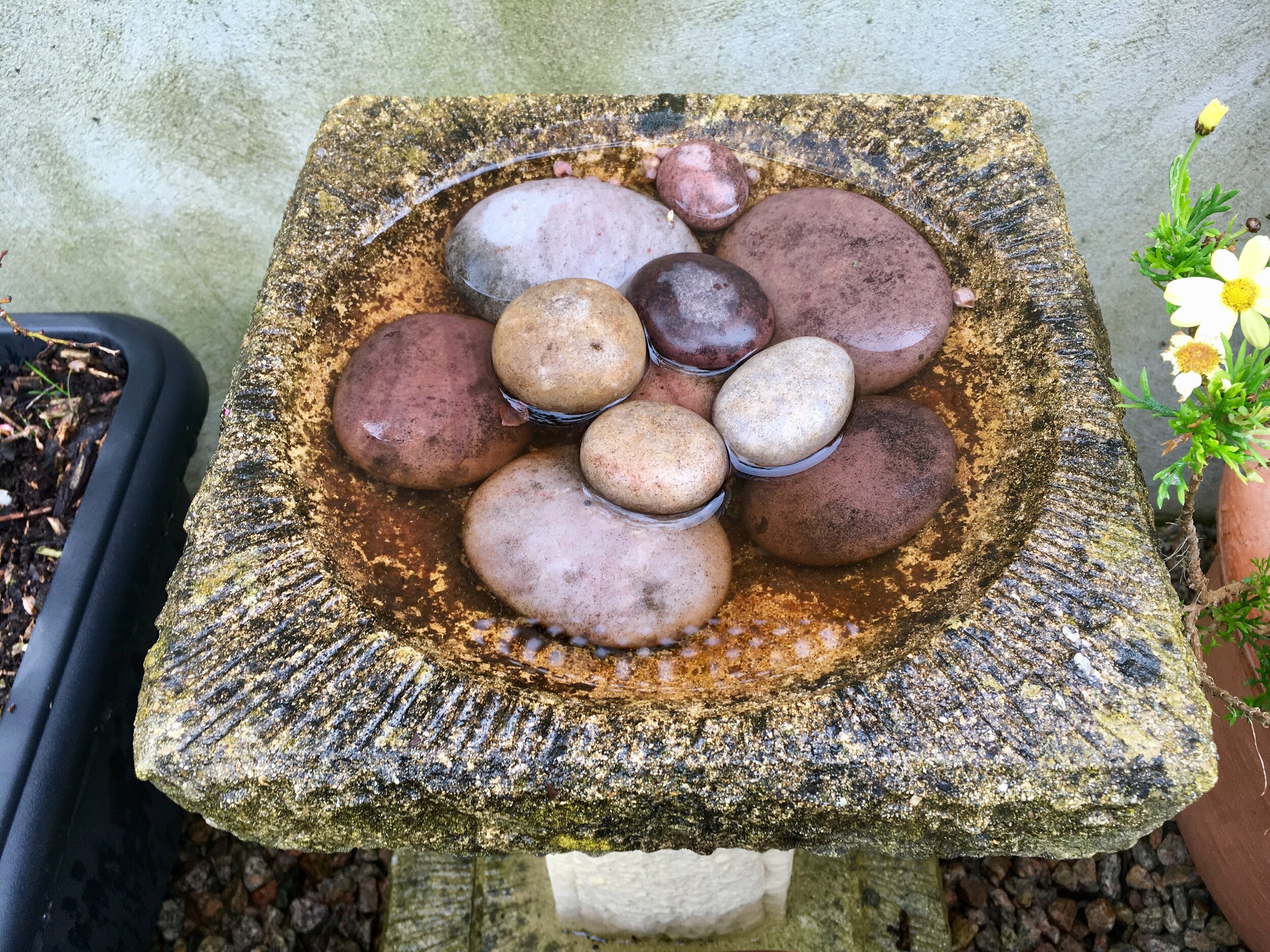 Don’t forget that pollinators need access to water too! I have filled my bird bath with pebbles, in this way the birds still have access, but the pollinators do too. If the water is too deep they risk not being able to get out. Keep it out of direct sun, and top up regularly.
Don’t forget that pollinators need access to water too! I have filled my bird bath with pebbles, in this way the birds still have access, but the pollinators do too. If the water is too deep they risk not being able to get out. Keep it out of direct sun, and top up regularly.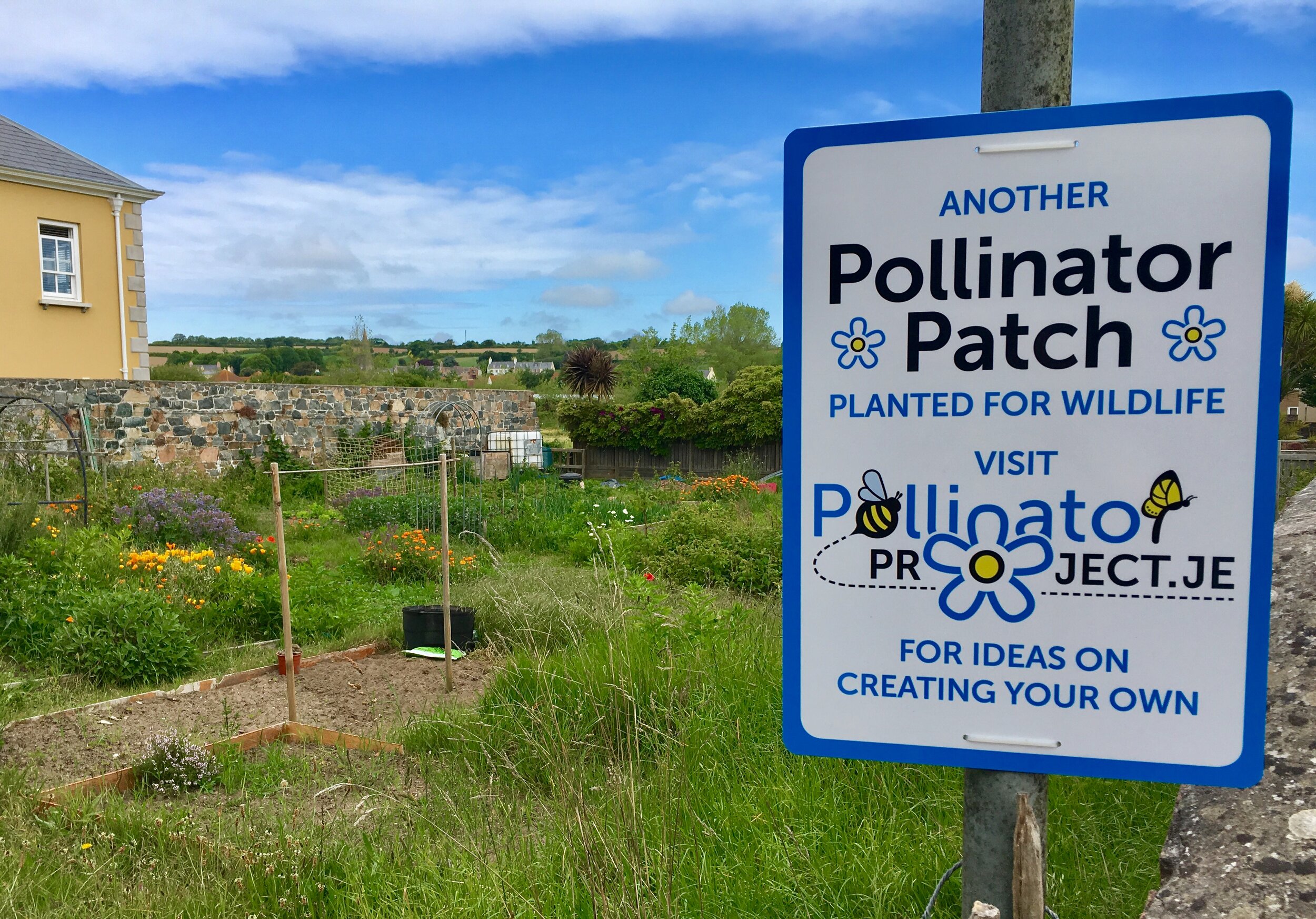 I have so many plans for this space! I have a pond and need to learn where best to place it, and plan on a large scale bug hotel and bird feeding station. I’ll share more photographs as the Pollinator Patch develops, but in the meantime keep a look out for the signs popping up all over the island with planted pollinator patches for inspiration. From schools, to parks and gardens, the Royal Jersey show ground, Overdale and even at some of the roundabouts - you’ll see them all flowering soon 💚During 2019 the main things that fill my creative mind are island biodiversty, sustainability and climate change. Different words and different ways of taking action to show that we care about our Living Planet. Each is intricately interwoven and interlinked, and by focusing on one part we intrinsically help make a difference in the others. The global news is alarming, but the reality is that together we really can make a difference.Come and get involved - and make a real and tangible difference to Jersey’s biodiversity.
I have so many plans for this space! I have a pond and need to learn where best to place it, and plan on a large scale bug hotel and bird feeding station. I’ll share more photographs as the Pollinator Patch develops, but in the meantime keep a look out for the signs popping up all over the island with planted pollinator patches for inspiration. From schools, to parks and gardens, the Royal Jersey show ground, Overdale and even at some of the roundabouts - you’ll see them all flowering soon 💚During 2019 the main things that fill my creative mind are island biodiversty, sustainability and climate change. Different words and different ways of taking action to show that we care about our Living Planet. Each is intricately interwoven and interlinked, and by focusing on one part we intrinsically help make a difference in the others. The global news is alarming, but the reality is that together we really can make a difference.Come and get involved - and make a real and tangible difference to Jersey’s biodiversity.
